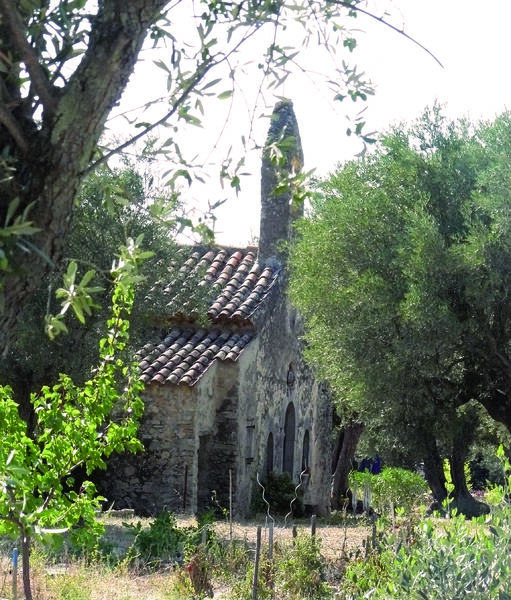Studies by Bottin in 1909, then by Blanchet in 1932 and Clément in 1957, show that the site of Sainte Ternide, now called Sainte Trinide, was a Roman farm from the 2nd century BC to the 2nd century AD.
The base of the chevet wall of the chapel is Gallo-Roman masonry. This chapel was probably built on the remains of a temple dedicated to Ceres or Cybele.
It is difficult to know when it was built.
From the registers studied, a request dated 1572 appears to obtain from Ollioules' council the office of guardian and hermit of the chapel to Jean Aycard.
Mention is made of marriages and burials in the 17th and 18th centuries.
The chapel was restored in 1785. It appears in the 1791 land register where it is mentioned as belonging to the inhabitants of the district.
It remains private property since the sale of national assets.
It returned to worship in 1804 because it avoided long journeys for parishioners.
On Saint Ternide day, from a simple chapel, it becomes a festive gathering place for an entire district. This feast corresponds, in the calendar, to that of Ceres.
The chapel, which has long been used as an agricultural shed for wine and oil, still has its religious furniture and a polychrome statue of the saint in a posture, clothing and endowed with attributes "the ears" that suggest that it perpetuates throughout the ages the natural devotion of peasants to the forces that can grant them harvests and therefore life.
The Chapel of Saint Ternide reminds all passers-by that our Provence is a region where Celts, Phoenicians, Greeks and Romans have come together and succeeded each other, to stick only to antiquity. Private place.
Environment
- Town outskirts

